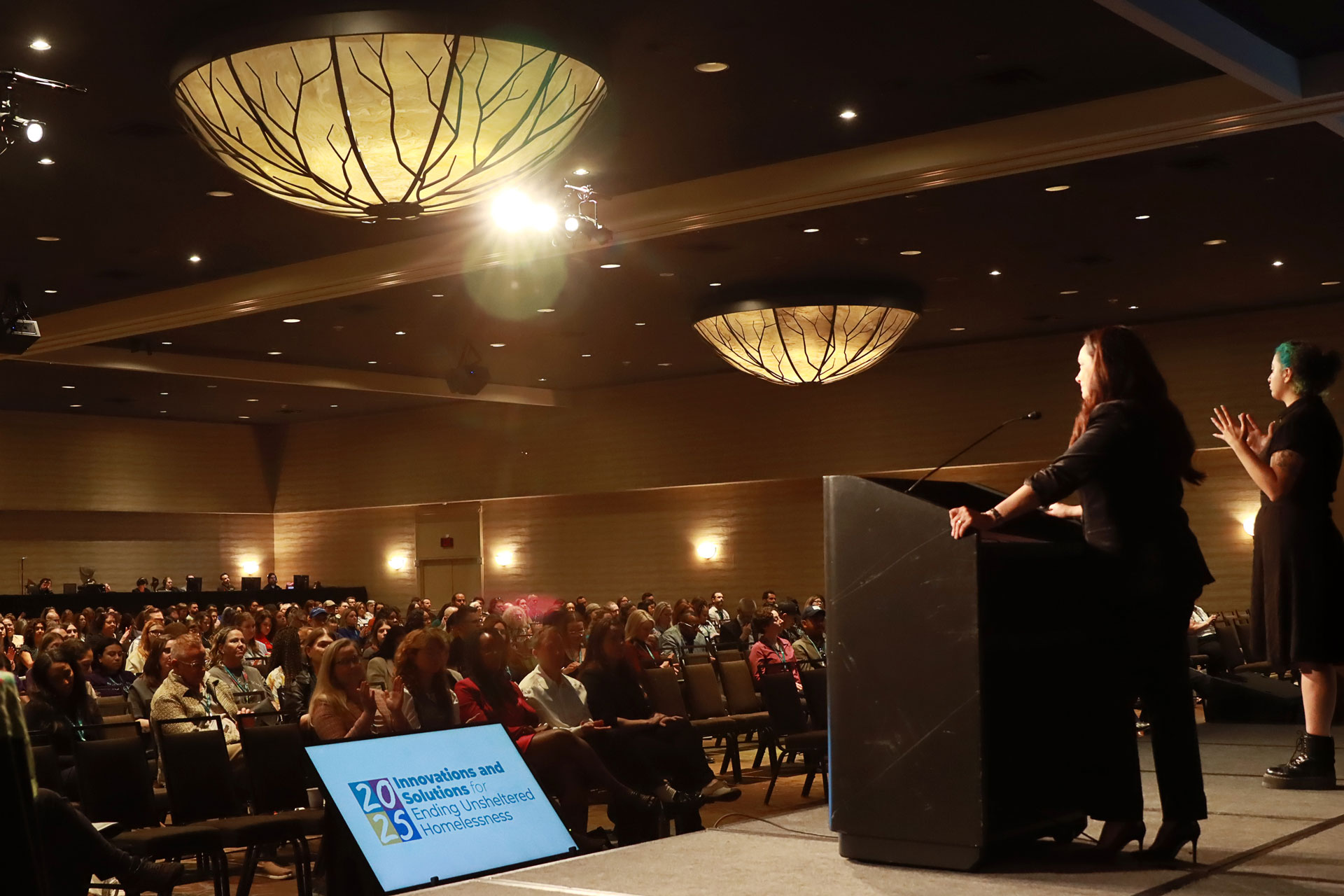If I told you $2 million is available to improve and expand your community’s permanent supportive housing facilities, would you be interested?
What if you could get $5 million in funding to preserve and expand affordable rural housing in your county? What if your project could secure $300,000 to install a sprinkler system in the family navigation center? Would any of those options be of interest? What if I told you funding for such items could be yours just by asking your Members of Congress? Now, would you be interested?
It may sound too good to be true, but what I’m referring to is Congressionally directed funding (CDF), formerly known as earmarks, which can benefit governmental or non-profit entities. These funds are explicitly written in and set aside in a bill, defining where, how much, and for what purpose funding is to be used. Congressional members may choose to do this instead of leaving such determinations up to the cabinet secretaries, political appointees, their staff, or even the “faceless bureaucrats” in the executive branch.
And these funding decisions can have a significant impact on homelessness.
How Earmarks Are Included in Appropriations Bills
Congressional members in the House and the Senate may choose to mark funds within an appropriations bill as CDF funding.
There are limits on CDF, including how much money can be earmarked in a fiscal year. The process has intentionally become genuinely transparent—with requests and awards published and subject to public review. Requesting lawmakers must certify that there is no personal benefit to this funding for themselves or their family members.
Securing Earmarks Requires Attention to Detail, Compliance with Rules
Of course, there’s more to getting the money than just asking your lawmakers for it. While any advocate can contact their lawmaker, the Members of Congress who are most likely to get their earmark requests included are those who sit on House or Senate Appropriations Committees.
Even if your lawmaker agrees to pursue your request, it still must be approved by the House or Senate Appropriations Committees and then be included in the relevant funding bill that gets enacted into law. Your request will be in competition with other requests submitted to your lawmakers and then in competition with the thousands of requests submitted by all Representatives and Senators who seek earmarks. This is why it is so crucial for homelessness advocates to contact their Members of Congress: the number of requests illustrates the urgency of the issue.
Patience and attention to detail are valuable attributes when seeking CDF because the House and Senate have different rules governing the overall process and those rules are subject to annual changes. Subcommittees have different rules for what’s eligible for funding and what documentation is required. Lawmakers have different rules as to how they process requests. And some lawmakers eschew earmarks entirely.
How CDF Factors into FY24 Homelessness Advocacy
For FY24, in the House, lawmakers were required to submit their CDF requests for T-HUD to an electronic database by 6:00 PM on March 31. However, the groups whose requests were submitted probably first contacted their lawmakers at least six months earlier and worked closely with their staffs to flesh out and polish their proposals. In fact, September is probably not too early to let your lawmakers know of your interest in FY25 CDF, even if you’re just providing contact information for getting on offices’ earmark listservs.
If you haven’t considered reaching out to your Members of Congress in this way, talking to them about how these funds would help homelessness in your community is an opportunity to do so. We encourage you to reach out to your lawmakers. If you have a project for which these funds would make a difference, it doesn’t hurt to put it forward to your Member of Congress.
For House CDF, for example, it would be helpful to consult the FY24 rules to get a basic understanding of which projects are eligible and what information you will be expected to provide to satisfy the process’ requirements.
Congressional staff will fill out the forms, but you’ll have to help them, and perhaps even secure letters of support from local officials. Don’t assume that your project is ineligible. Congressional staff know how to adjust proposals to make them consistent with the rules.
Making the Case
Since earmarks are legal and so numerous, especially on T-HUD, it seems like an option advocates can’t afford to ignore in efforts to secure homelessness funding.
If you’ve contacted your Members of Congress about earmarks, please reach out to the Alliance. What are your best practices for securing CDF? What strategies have been successful for your organization in winning earmarks ? For advocacy, please contact Samantha Wood, swood@naeh.org. For the legislative process, please contact John Threlkeld, jthrelkeld@naeh.org.
Important Links
- House FY24 Member Request Guidance
- A House FY24 table of included Community Project Funding requests
- Information on FY24 Senate CDF Projects (by both funding bill and Senator)












